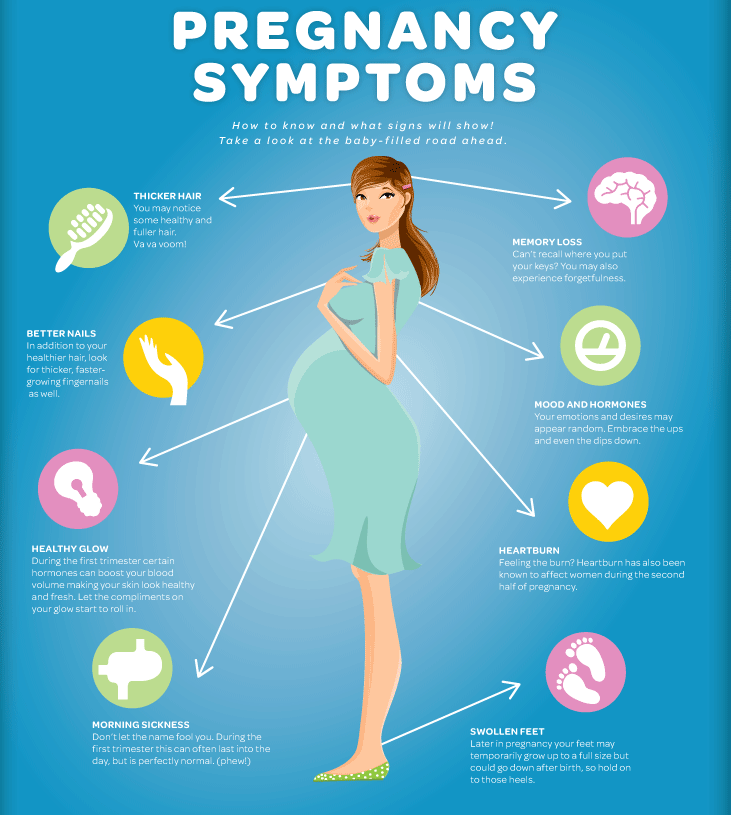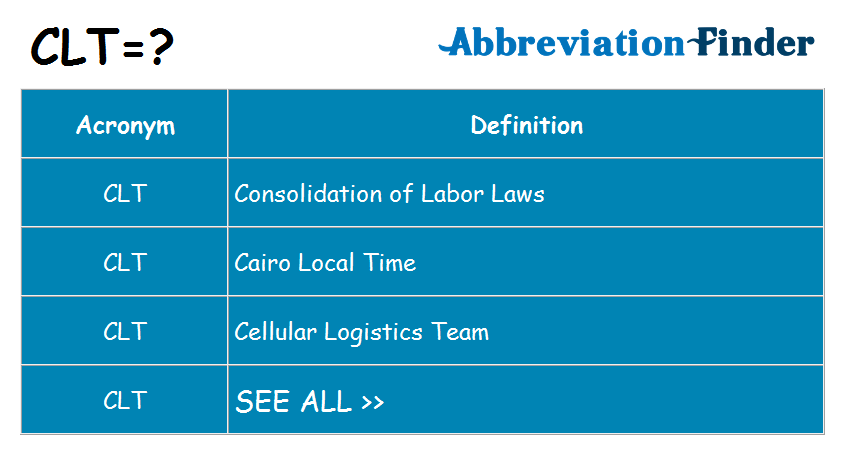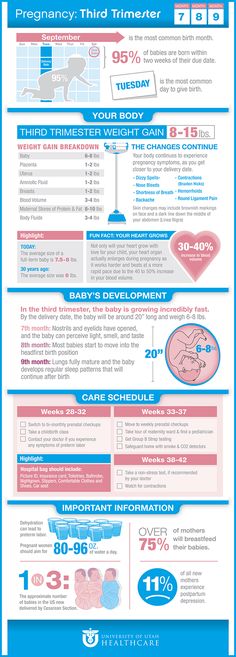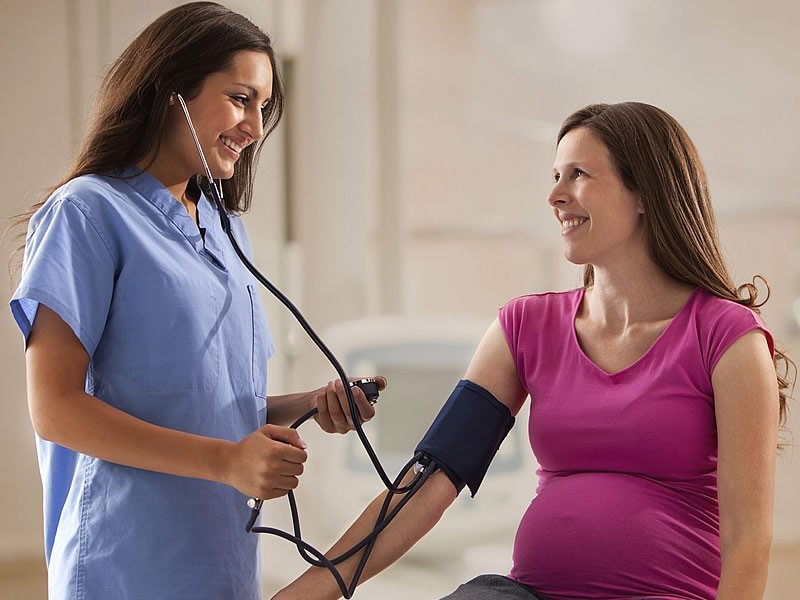Symptoms in last month of pregnancy
Third Trimester: What to Expect | Week by Week
The third trimester can be physically and emotionally challenging for pregnant women. It brings back some of the toughest symptoms of early pregnancy such as fatigue and the frequent need to pee and introduces new ones like Braxton-Hicks contractions and bad aches and pains. In addition to being uncomfortable, you likely are feeling anxious. Researching and understanding what to expect during this final stage of pregnancy can help alleviate worry and help you prepare.
How Long Is the Third Trimester?
The third trimester spans between 9-13 weeks, starts week 29 and lasts until you give birth around week 40. A baby is considered full term at the end of week 37.
What to Expect During the Third Trimester
At this stage, you’re probably feeling a mix of tiredness, worry, excitement and impatience. You’re still having many of the same discomforts. Except, as your body grows, you’re even more uncomfortable. Take good care of yourself. Your baby is busy putting on her finishing touches and needs you to stay healthy.
Third Trimester Symptoms
Your baby is getting bigger, which puts more stress on your body. During your third trimester, you’re likely feeling lots of aches and pains. You’re beginning to slow down after the energy burst from your second trimester. Fatigue is setting in again and you’re feeling anxiety spike.
During your third trimester, you’ll gain half a pound to 1 pound per week, meaning by the end of your pregnancy, you’ll gain between 25 and 35 pounds.
You may notice the following symptoms as you get closer to delivery:
- Baby “drops”
- Baby moves around a lot
- Belly button pops out
- Braxton-Hicks contractions (“fake” contractions)
- Difficulty sleeping
- Heartburn
- Hemorrhoids
- Larger breasts
- Leaky breasts
- Lower back and hip pain
- More frequent need to pee
- Nipples and areolas darken and are more pronounced
- Pelvic spread (pregnancy “waddle”)
- Sciatica (tingling, numbness or shooting pain in lower back, butt and thighs)
- Shooting pain in your pelvis
- Shortness of breath
- Swollen ankles, fingers, or face
- Tender breasts
- Trouble sleeping
While you don’t feel it, as you near your due date your cervix becomes dilated and effaced to get ready for delivery. Here’s how to know when you’re in labor.
Here’s how to know when you’re in labor.
Call your doctor immediately if you experience:
- Bleeding at any time
- Extreme swelling
- High fever
- Painful contractions of increasing intensity and frequency
- Painful or burning urination
- Rapid weight gain
- Severe cramping or abdominal pain
- Sudden decrease in activity by your baby
- Vomiting
What’s Happening to Baby in the Third Trimester
Babies are considered full term after 37 weeks. Full-term babies are 19 to 21 inches and weigh 6.75 to 10 pounds.
During the third trimester, your baby’s brain development is in overdrive. Her bones harden and she can open and close her eyes. After week 30, your baby puts on 1.5 pounds per week. Around week 36, she moves head-down to get into position for birth. After week 37, her organs can function on their own.
Third Trimester Prenatal Care
You meet more frequently with your doctor during the third trimester - every two weeks until week 35, then weekly until delivery.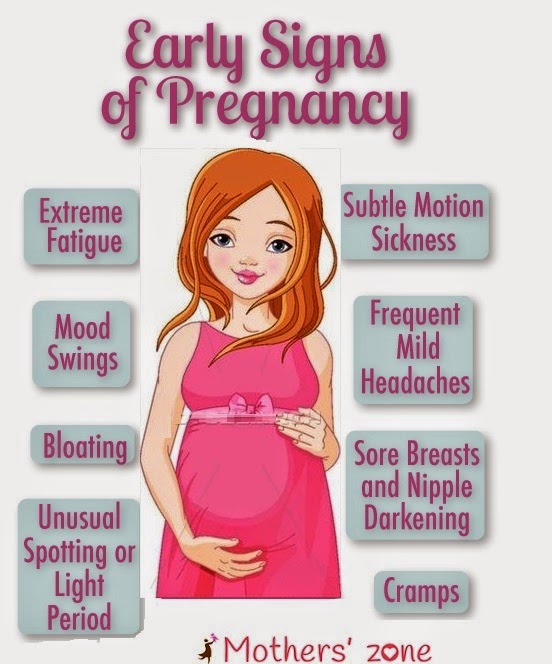
At every visit, your doctor collects a urine sample, takes your blood pressure, measures your fundal height, asks about fetal movement (kick counts). Your doctor also conducts a vaginal exam to see if your cervix is dilated (opening) or effaced (thinning). For a successful vaginal birth, your cervix needs to be 10 cm and 100% effaced.
Be sure to talk to your doctor about how you are feeling and any symptoms you’re having. Also, now’s the time to make your birth plan and decide on what kind of pain relief you want during labor and delivery.
Around week 36, your doctor performs a Group B strep test, a bacterium harmful to a baby that has to be treated with antibiotics. Around this same time, your doctor feels your abdomen to see if baby has settled into a head-down position for birth. Most babies who are breech (butt down) naturally turn head-down by 37 weeks.
Third Trimester Checklist
As with the previous trimesters, it’s important to continue to stay healthy. Also, keep moving! Little walks several times during the day can help alleviate pain. You also may need to stop long car trips and airplane flights after 34 weeks in case you go into labor.
Also, keep moving! Little walks several times during the day can help alleviate pain. You also may need to stop long car trips and airplane flights after 34 weeks in case you go into labor.
In addition, here’s a list of things you may want to do before baby arrives:
- Develop a birth plan with your doctor
- Research and decide on pain relief during labor
- Schedule your postpartum follow up appointments
- Go on a tour of Banner Health’s Maternity Ward
- Pre-register at Banner Health
- Attend a Banner Health prenatal class to learn about what to expect during labor
- Take a breastfeeding class at Banner Health
- Pack your hospital bag
- Plan your route and transportation to the hospital
- Pick a pediatrician
- Decide on circumcision
- Make a labor playlist
- Meditate to calm your mind
- Finalize paperwork for your maternity leave
- Create a maternity leave plan for your coworkers
- Make a few freezer meals
- Spend some time with your partner
- Download a contraction app timer
- Check with your insurance to see how to add your baby
- Check with your insurance to see if they cover a breast pump
- Install the car seat
- Make a plan about how to deal with visitors
- Find a family member or friend who can care for your pets or other children
- Wash your baby’s new clothes and linens
- Get your nursery ready
- Stock up on baby supplies, like diapers, wipes, and baby clothing in different sizes
- Check that your smoke detectors and carbon monoxide detectors in your home
- Celebrate your pregnancy with friends and family
Learn more about Banner Health’s pregnancy resources, classes, education materials and support groups.
Third Trimester: Symptoms and Baby Development
You’ve reached the final stretch. (Literally!) This is the most exciting and suspenseful trimester of pregnancy. You're bound to be impatient to meet your little one, but hang in there — before long you’ll have your newborn in your arms. Read on to learn about fetal development in the third trimester and common third trimester symptoms. We'll also provide a comprehensive to-do list starting three months before your baby’s arrival so that you’re as prepared as can be.
When Does the Third Trimester Start and When Does it End?
Wondering how many weeks are in the third trimester? Officially, the third trimester runs from 28 to 40 weeks of pregnancy, lasting about 13 weeks, but in real life the third trimester ends when your baby is born.
When you reach the start of 39 weeks, your pregnancy is considered full term. Some moms-to-be go into labor a little earlier than this and others give birth as late as 42 weeks.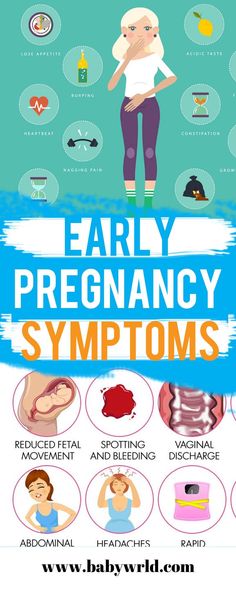 In fact, only a small percentage of babies are born exactly on their due dates with most babies being born in the two weeks either side of their estimated due date.
In fact, only a small percentage of babies are born exactly on their due dates with most babies being born in the two weeks either side of their estimated due date.
Some babies are born before 37 weeks, which is called a preterm birth. As you enter the third trimester, it’s important to know the signs of preterm labor, just in case your little one decides to make an early appearance.
Read our article on full-term pregnancy for more on preterm, early term, full term, late term, and postterm births.
RELATED PREGNANCY TOOL
Baby Name Generator
By gender:
Unisex
By theme:
Nature
Mythology
Your Baby’s Development in the Third Trimester
In the third trimester of pregnancy, your baby continues to grow at a fast pace — in fact, your baby will gain about half of her birth weight during the final months of your pregnancy.
By the time she's born, your baby may weigh about 6 to 9 pounds and be around 18 to 20 inches long.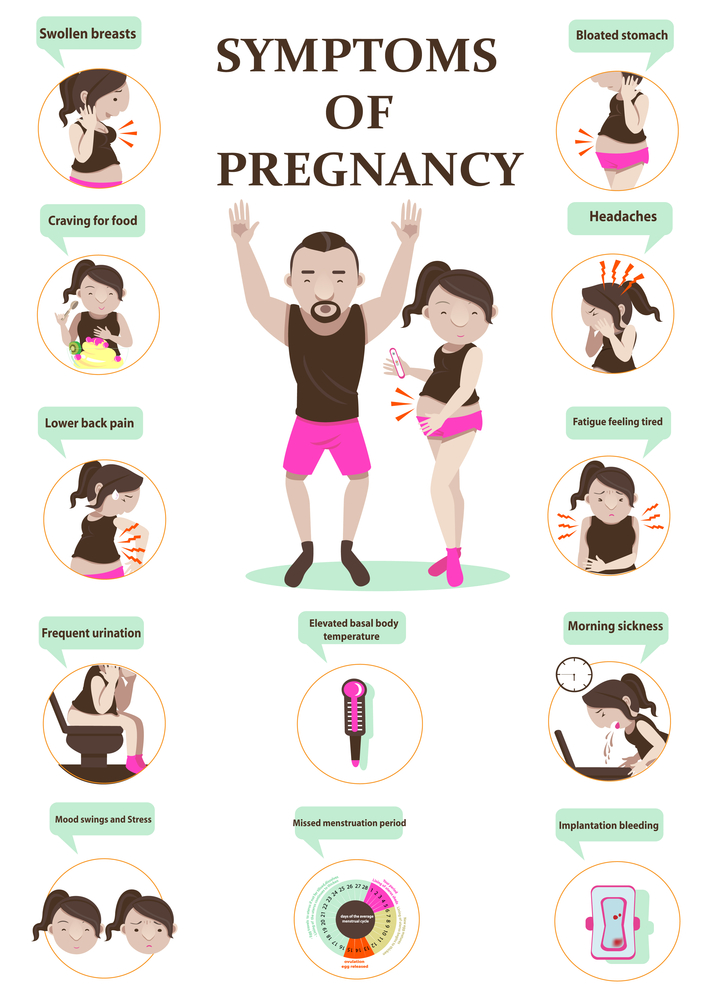 For more on this, read more about a baby’s average birth weight.
For more on this, read more about a baby’s average birth weight.
As your little one grows fat under her skin, she starts to look like the baby you expect to see at birth. By 36 weeks she will have done such a good job of growing that she won’t have much room to move throughout the rest of the pregnancy.
Here are a few more fetal development milestones for the third trimester:
28 Weeks: Eyes Wide Open
When you are 28 weeks pregnant, your little one can open and close his eyes, and can even sense changes in light.
30 Weeks: Shedding Hairs
During the second trimester your baby grew a coat of fine hair, called lanugo, all over his body.
Your baby may start to shed this hair sometime soon. But don’t be surprised if you notice a little leftover lanugo when your baby is born; some babies are born with patches on their shoulders, ears, and back.
Unlike lanugo, which only some babies are born with, most babies are born with some of that protective waxy coating called vernix still covering their skin.
Around this week of pregnancy, your baby may also start to grow normal hair on his head.
31 Weeks: Controlling Body Temperature
Your baby’s brain is maturing and growing rapidly this week. It can now control her body temperature, so she no longer has to rely on the temperature of your amniotic fluid for temperature control.
Practicing skin-to-skin contact after your baby is born will also help your little one regulate his body temperature.
34 Weeks: Turning Head-Down
Around the time you’re 34 weeks pregnant, or soon after, your little one will most likely turn head down in preparation for birth. She's getting ready for her big journey!
If your baby is not in a head-down position as you near the end of the third trimester — for example, if she is in a breech position — your healthcare provider may recommend trying to turn your baby or may recommend a cesarean section.
39 Weeks: Full-Term Baby
By the time you reach the start of 39 weeks, your baby is considered full term.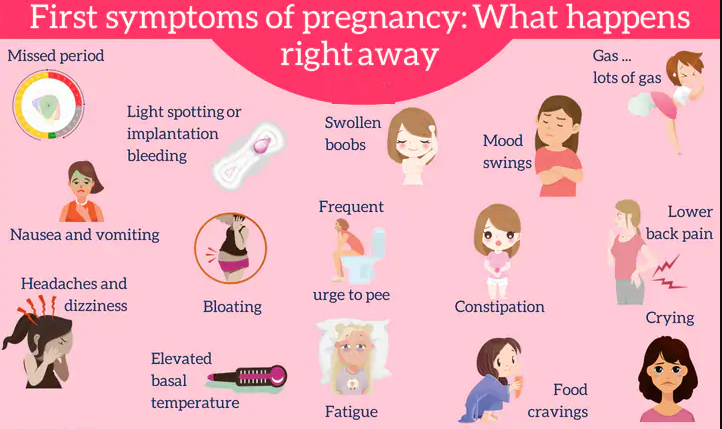 Of course, she’ll continue to grow, and major organs like the lungs and brain will continue to develop in the years to come, but she’s ready for the outside world now.
Of course, she’ll continue to grow, and major organs like the lungs and brain will continue to develop in the years to come, but she’s ready for the outside world now.
Illustration of Fetal Development Week by Week
Click through the illustrations bellow for a visual representation of how your little one develops week to week during the third trimester:
What’s in Store for You This Trimester
Here are some of the highlights to look forward to and other things to keep in mind as you make your way through the third trimester:
Having checkups and tests. Your healthcare provider will let you know which specific tests and checkups you may need during the third trimester. As an example, your provider will likely offer you a Group B strep test, a routine test that checks whether you carry the GBS bacteria. If the test result is positive, your provider can give you the appropriate course of treatment.
Attending your baby shower.
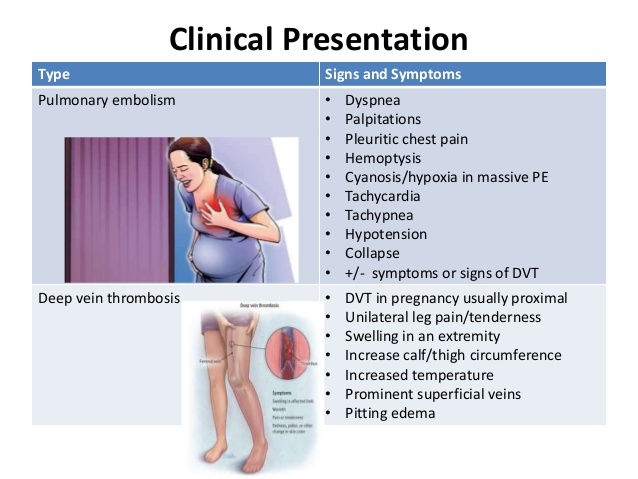 Take the time to enjoy this wonderful event and to bask in the love your friends and family have for you and your little one. Afterward, be sure to send thank you notes for the gifts you received and of course to the party host. If you’re still working on your baby shower gift registry, check out our ideas for what to include in your registry list.
Take the time to enjoy this wonderful event and to bask in the love your friends and family have for you and your little one. Afterward, be sure to send thank you notes for the gifts you received and of course to the party host. If you’re still working on your baby shower gift registry, check out our ideas for what to include in your registry list. Nesting. As you approach your due date you may have a strong urge to get your home ready for your baby. Focus your energy on putting finishing touches on your baby’s nursery, washing your baby’s clothes, installing the baby car seat, and doing some early baby proofing. Some moms-to-be may also use this “nesting instinct” to clean, do any niggling home repairs, or cook batches of meals to freeze.
Tracking fetal movement. If your healthcare provider asks you to track your baby’s movements, follow your provider’s guidance on how to count your baby’s kicks. Our kick count chart can also help make it easier.
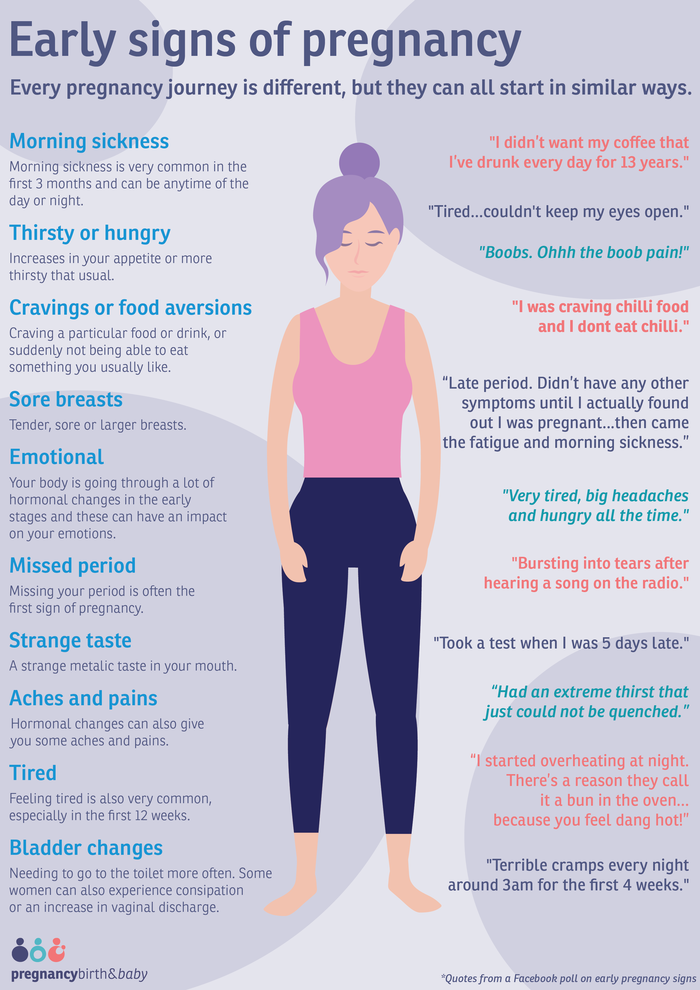 Ask your provider for advice on when to contact him if you think something is unusual about your baby’s movement.
Ask your provider for advice on when to contact him if you think something is unusual about your baby’s movement.Watching for signs of labor. Although you could go into labor anytime, it’s most likely to happen between 38 and 42 weeks. Look out for any signs of labor, such as lightening (the feeling that your baby has dropped lower), loss of the mucus plug, your water breaking, or your contractions getting stronger and closer together. You can monitor your contractions with the help of our contraction tracking chart. If you’re unsure if labor has begun, call your healthcare provider.
Reading about labor and childbirth. Whether you plan to give birth vaginally or via a cesarean section it’s a good idea to learn about all the possible eventualities. When it comes to labor, here are just some of the topics worth exploring: o Losing the mucus plug o Your water breaking o What contractions feel like o What does “effacement” mean o When might labor be induced o What is an episiotomy
Finalizing your baby name choice.
 Soon enough the time will come when you’ll have your baby in your arms and you’ll have to make that final baby name decision. If you’re still looking, check out our list of 1,000 baby boy names and our list of 1,000 baby girl names. If you have a few favorite names but you’re struggling to pick, consider throwing a baby naming party — perhaps your loved ones can help you decide.
Soon enough the time will come when you’ll have your baby in your arms and you’ll have to make that final baby name decision. If you’re still looking, check out our list of 1,000 baby boy names and our list of 1,000 baby girl names. If you have a few favorite names but you’re struggling to pick, consider throwing a baby naming party — perhaps your loved ones can help you decide.Considering middle names. If you’d like to give a second or third name to your little one, now is the time to start finalizing your choices. Check out our articles on middle names for boys and middle names for girls for more inspiration.
Resting. It's wise to slow down and conserve your energy for labor, childbirth, and taking care of your newborn. If weather permits, take a leisurely walk outdoors a few times a week. The fresh air will invigorate you, get your blood circulating, and help you de-stress. Ask friends or family members to help you with any last-minute errands and treat yourself to a little me-time — you deserve it!
Third Trimester Symptoms
These are some of the most common pregnancy symptoms during the third trimester:
Shortness of breath.
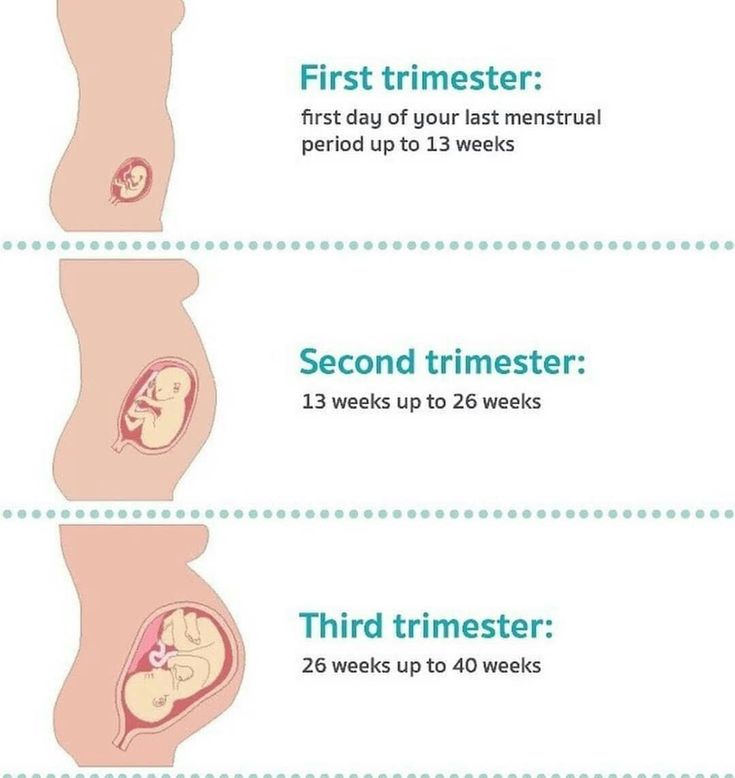 As your uterus gets larger, grows higher in your abdomen, and presses on your diaphragm, breathing can be difficult. You might find that you can't make it up a flight of stairs without getting winded. The best thing to do is just to take it easy, move more slowly, and stand up or sit up straight so your lungs have more room to expand. If your breathing changes dramatically, or if you have a cough or chest pain, contact your healthcare provider right away. The good news? Once your baby “drops” down into your pelvis in preparation for being born, breathing will become a little easier as the pressure is taken off your lungs.
As your uterus gets larger, grows higher in your abdomen, and presses on your diaphragm, breathing can be difficult. You might find that you can't make it up a flight of stairs without getting winded. The best thing to do is just to take it easy, move more slowly, and stand up or sit up straight so your lungs have more room to expand. If your breathing changes dramatically, or if you have a cough or chest pain, contact your healthcare provider right away. The good news? Once your baby “drops” down into your pelvis in preparation for being born, breathing will become a little easier as the pressure is taken off your lungs.Frequent urination. When you enter the final weeks of your pregnancy, you may find yourself needing to pee more often. This is because as your baby moves further down into your pelvis, she may press on your bladder too. You may also find that you leak a little, especially when you laugh, sneeze, bend, or lift. If this bothers you, wear a panty liner.
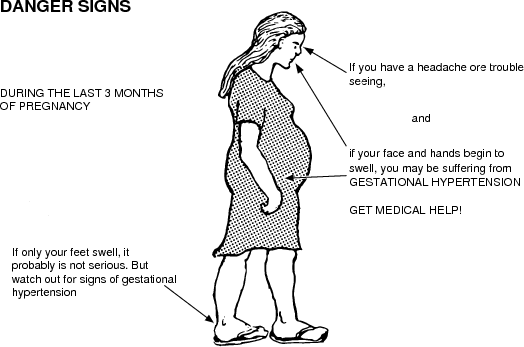 However, if you feel a gush or trickle of watery fluid, it could be your water breaking, a sign that labor is beginning.
However, if you feel a gush or trickle of watery fluid, it could be your water breaking, a sign that labor is beginning. Swollen feet and ankles. Many moms-to-be notice a type of swelling, called edema, in their ankles and feet because of extra fluid retention, hormonal changes, and weight gain. If you notice this, it could help to elevate your legs whenever you can and to soak your feet in cool water. To help you feel more comfortable, you may need to buy bigger shoes.
Itchy skin. As your belly grows, you may start to experience itchiness as your skin stretches and dries out. Gently applying a moisturizing lotion and staying well-hydrated can help.
Sore gums and teeth feeling looser. Your gums may feel sensitive, and they may swell or bleed when you brush or floss. It might help to rinse with salt water and to use a softer brush. Hormonal changes can cause your ligaments to relax, and these same hormones may also affect the tiny ligaments that hold your teeth in place.
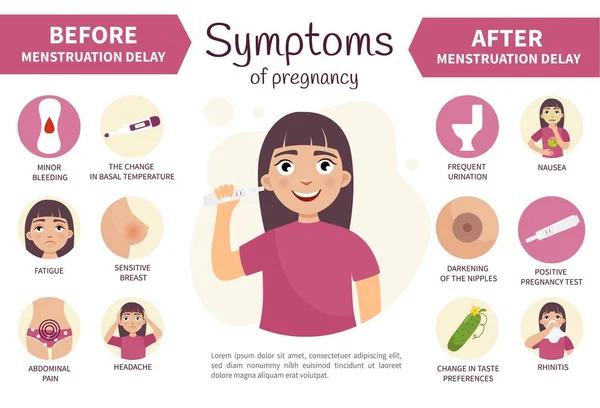 As a result, your teeth may feel looser. Experts say that it’s unlikely you’ll actually lose a tooth for this reason, and this feeling usually goes away after you’ve given birth. Keep flossing daily, brushing twice a day, and going to your regular dental checkups.
As a result, your teeth may feel looser. Experts say that it’s unlikely you’ll actually lose a tooth for this reason, and this feeling usually goes away after you’ve given birth. Keep flossing daily, brushing twice a day, and going to your regular dental checkups. Braxton Hicks contractions. In the third trimester, and sometimes even earlier, you may experience false contractions, known as Braxton Hicks contractions. These “practice contractions” are useful for your body because they help your muscles prepare for labor. Braxton Hicks contractions may be mild to start with and feel like a tightening of your abdomen, but as your due date nears they can become more painful. You may be wondering how to tell the difference between Braxton Hicks and true labor contractions. Essentially, Braxton Hicks come irregularly and often go away if you move or change positions; true labor contractions get more regular over time and don’t go away.
FAQs at a Glance
Checklist for the Third Trimester
In the third trimester, take advantage of your excitement and focus your energy on getting your pre-birth tasks done.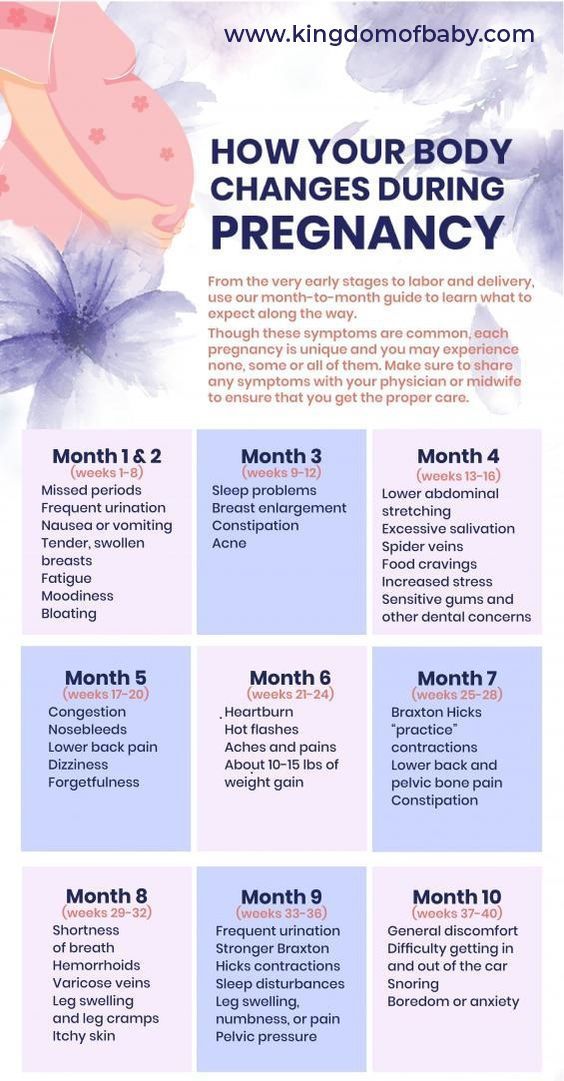 Just remember to rest often and don’t overdo it!
Just remember to rest often and don’t overdo it!
Three Months Out
Take a deep-dive into what’s to come in the third trimester by reading our week-by-week pregnancy articles.
Ask your healthcare provider about any vaccinations you need to get this trimester, including the Tdap vaccination (which helps protect your baby against whooping cough, diphtheria, and tetanus).
Ask your healthcare provider whether you are at a high risk of preeclampsia – a high blood pressure disorder – and what signs to look out for.
Ask your provider how long you can safely continue working.
Take a childbirth class with your partner. You’ll probably learn things like comfort measures, relaxation techniques, and stretching exercises. These classes will also help your partner learn about his important role. Your healthcare provider will be able to recommend a good class near you.
Read as much as you can about labor, delivery, and baby care.
 This will help ease your anxieties and prepare you for the events ahead.
This will help ease your anxieties and prepare you for the events ahead. Pre-register at the hospital or birth center. If you’re unsure how to do this, ask your healthcare provider.
Purchase and install your baby car seat, so it’s ready for the drive home from the hospital and beyond.
If you’re having a baby shower, make sure your baby registry is ready and that the organizer of your shower has the details.
Start gathering suggestions for pediatricians and read our tips on how to find a good pediatrician.
Stock up on household staples and supplies so that you don’t have to do any major shopping just before labor or in those first few weeks with your baby.
If you’d like to have a birth plan, discuss your options and preferences with your healthcare provider regarding labor and delivery.
Gather some recommendations for childcare and babysitters so that you are ready once your baby is here.
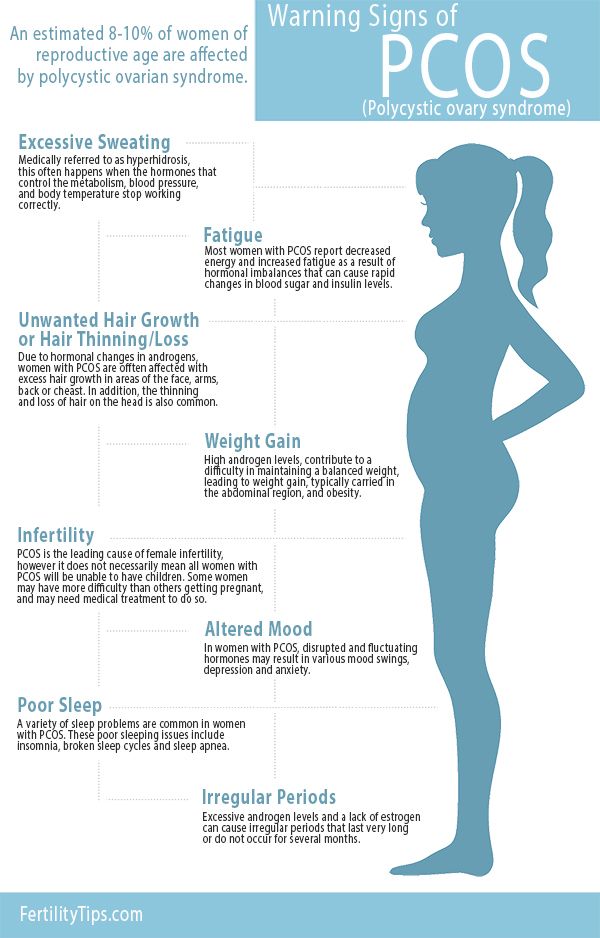
Choose or start designing your birth announcement. Ideally, get it far enough along so that all you have left to do is fill out the date of birth and name, and add a picture.
If you have older children, start preparing them for the arrival of their baby brother or sister.
Consider whether you would like to do cord blood banking, and discuss your preference with your healthcare provider.
Two Months Out
Keep going to all your prenatal appointments so that your healthcare provider can follow you and your baby’s progress as you approach your due date.
Find out what your options are for pain management during labor and childbirth. One option as an example is to have an epidural) but there are also non-medical options as well. Discuss your preferences with your provider and birth partner. If you are planning a natural delivery —in other words labor and childbirth with little or no medical intervention — find out what comfort measures and labor positions you could try as well as what facilities the hospital may have for you like a birthing ball or pool.
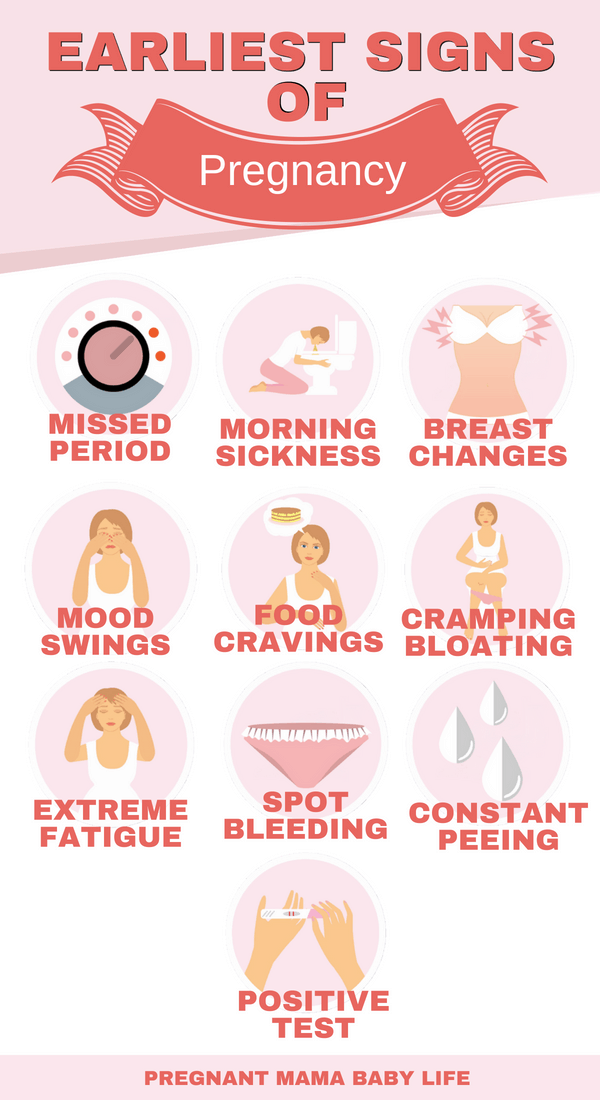
If it’s possible, tour your hospital or birth center.
Plan, practice, and time the route you’ll take to the hospital or birth center.
Think about who you want to be present at the birth, and discuss your birth preferences with your birth partner. Go over things like who will cut the umbilical cord.
Have your hospital bag packed and ready to go just in case your little one makes an unexpected early appearance. Make a list of anything you can only add at the last minute (like your phone and charger) and have that on top of the bag as a reminder.
Take another class — for example, try one about baby care, infant CPR, or breastfeeding.
If you’re considered breastfeeding and would potentially like the help of a lactation consultant start researching your options now.
Finish planning and decorating your baby’s nursery.
Start writing thank you notes for baby shower gifts you’ve received.
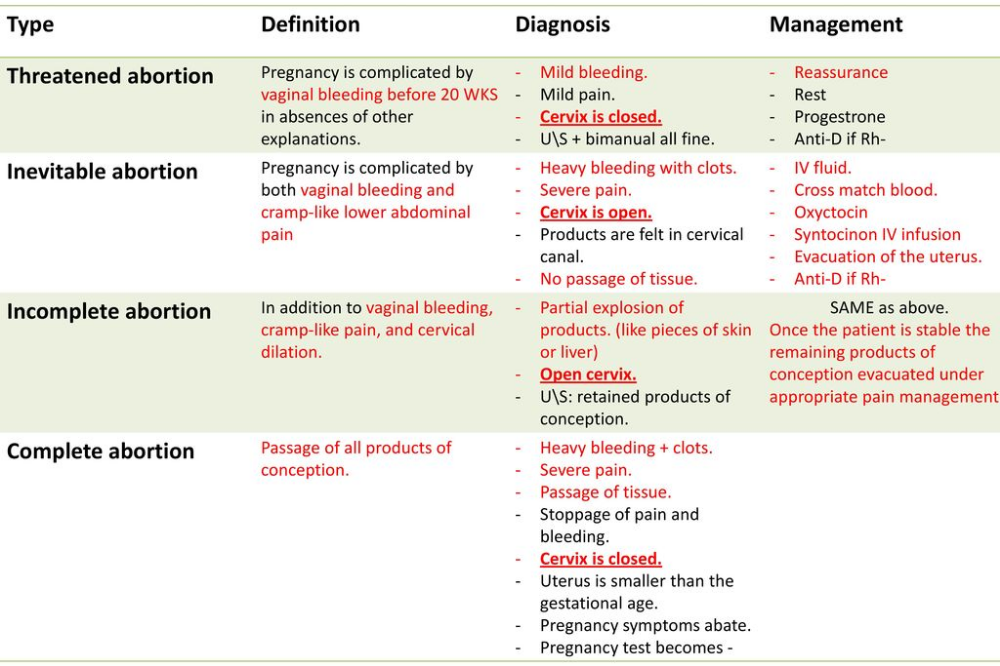
Watch our free online childbirth education videos.
Check out the baby gear and baby product recommendations and reviews from Pampers Parents. You don’t need to stress about having absolutely everything in place now, though, as you can still shop for anything you need once your baby arrives. Just make sure you have all the essential gear like a crib, car seat, clothes, and diapers.
Depending on the type of work you do, you might like to start getting organized to ensure that your co-workers know what things may need to be done while you are on maternity leave. Speak to your employer about any maternity leave paperwork that still needs to be done.
One Month Out
Ask your healthcare provider whether you will have additional checkups as you near your due date, and when these will be scheduled.
Ask your healthcare provider, if it’s OK to have a photographer or videographer there for the birth of your baby, if this is your preference.
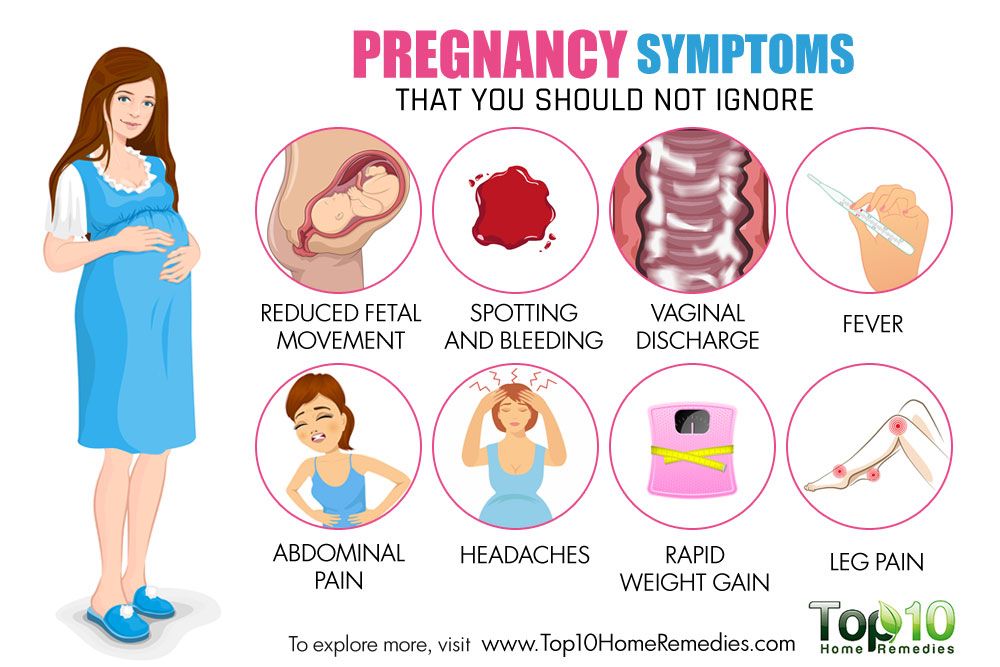 Then check with the hospital or birth center, as some facilities may not permit recording or filming. Organize a newborn photoshoot if you’d like to have one in the days after your baby’s birth.
Then check with the hospital or birth center, as some facilities may not permit recording or filming. Organize a newborn photoshoot if you’d like to have one in the days after your baby’s birth.Consider putting a waterproof cover on your mattress, just in case your water breaks during the night.
Wash everything your baby will wear and organize clothes by size so you can find what you need more easily.
Stock up on diapers and wipes like Pampers Swaddlers and Sensitive Wipes. It’s a good idea to have a variety of diaper sizes (such as sizes N, 1, and 2) so you’re equipped for when your baby arrives, no matter what size she is.
Wipe down and sanitize anything else your baby may come in contact with like the car seat, crib, and baby bottles.
Prepare some meals and stock your freezer.
If friends or family have offered to lend a hand now or after you give birth, go ahead and take advantage of their help.
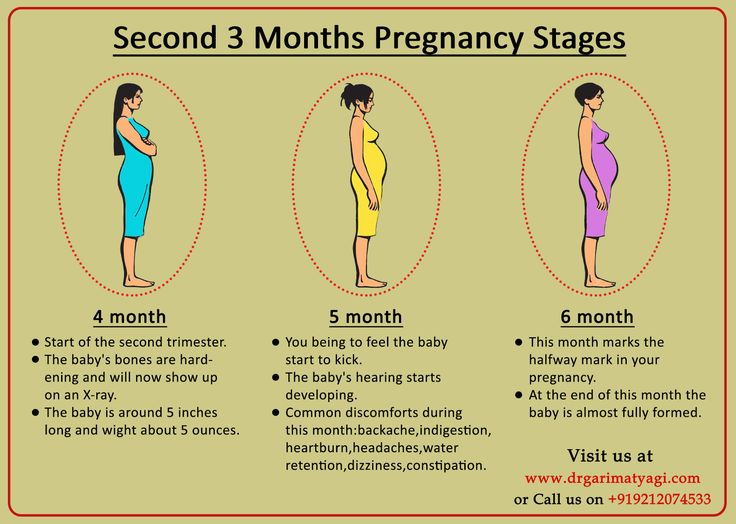 Whether they’ve offered to help with minding your older children or doing grocery shopping, it can all help make this busy period a bit easier.
Whether they’ve offered to help with minding your older children or doing grocery shopping, it can all help make this busy period a bit easier.Think about and organize who will care for your older children (and pets if you have them) during your labor and hospital stay.
Read up on the postpartum recovery period so that you know what kinds of things to expect in the weeks and months after you baby’s birth.
Sign up for the Pampers Club app to get rewards for all the diapers and wipes you'll be purchasing.
Now, there’s just one last box to check: slow down and make fewer demands on yourself. It could be a long time before you get another chance to relax like this!
To get more information on the final weeks of pregnancy and then on baby development, sign up to receive our regular emails:
The ninth month of pregnancy: from what week does the development of the fetus and the stomach begin at the 9th month of pregnancy
The entire pregnancy for a woman is a very quivering and exciting time. In recent weeks, the most stressful, fears may appear. A woman wants the birth to go smoothly, the child sees this world and comes into it without injury. Keeping calm over the past month will help information about how the baby is developing now, what changes are taking place in the body. So you will be sure that everything is going according to plan, get rid of doubts and focus on the pleasant expectation.
From which week the 9th month of pregnancy begins
The 9th month of pregnancy is calculated as 32 weeks from the date of the last menstruation. During this period, the psychological mood of a woman changes. Until recently, she felt tired, heaviness. But within the last month, everything can change. New forces will appear, the woman will feel a surge of energy - as if she will have a second wind.
The last days before childbirth, many future mothers are engaged in cleaning, restoring comfort. Experts call this the "nesting effect". A woman wants to feel comfortable and clean before the baby arrives. But at the end of 9months, you do not need to move and lift weights yourself, so as not to provoke premature birth.
But at the end of 9months, you do not need to move and lift weights yourself, so as not to provoke premature birth.
Signs, symptoms and sensations
During the 9th month of pregnancy, new sensations appear in the woman's body. The bottom of the uterus, the abdomen descend, so the child begins to prepare to move down. During this period, heartburn, constipation, which appeared during pregnancy, can also pass. But the pain in the lower abdomen, the pubis will remain, as will the swelling.
Back pain may occasionally worsen. The body begins to prepare for childbirth, the level of estrogen rises, which provokes training contractions.
In the last weeks of pregnancy, a woman may notice mucous discharge. Normally, they should be colorless or pinkish in color. Do not worry if there is no sharp, unpleasant smell.
Discharge indicates that the gestational age is ending, the mucous plug is coming off. This is a kind of barrier that protects the fetus from infections, bacteria. If at the same time the stomach does not hurt, and there is no other discomfort, you can not rush to the hospital.
If at the same time the stomach does not hurt, and there is no other discomfort, you can not rush to the hospital.
As a rule, childbirth begins after a few days, the period can stretch up to a week. Impurities of pus and blood are considered an alarming sign. In this case, the visit to the doctor should not be postponed.
Another problem that often occurs in the last stages of pregnancy is hydronephrosis. The ureter expands and lengthens due to the fact that the pressure of the uterus increases, as well as on the bladder of a pregnant woman (she wants to go to the toilet more often).
In general, the ninth month passes relatively calmly, the body is preparing for an early birth.
Belly at 9 months of pregnancy
In the last month of pregnancy, women often notice that the position of the abdomen changes slightly, it sinks. If the pregnancy is the first, this can be observed about a month before delivery. It becomes harder for the expectant mother to walk and breathe.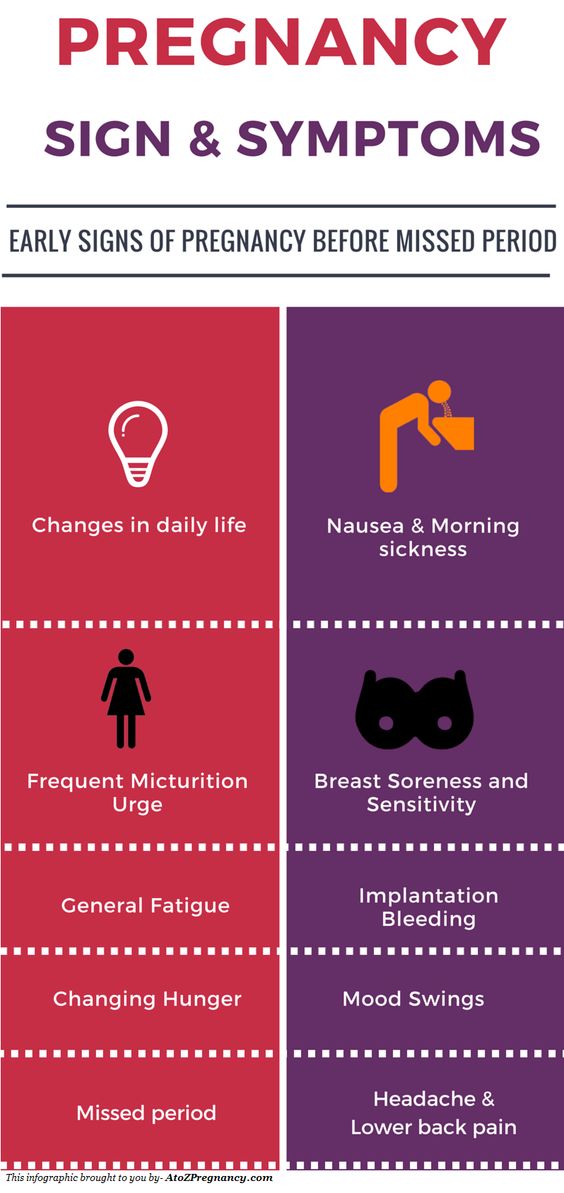 The baby's head gradually moves down towards the exit.
The baby's head gradually moves down towards the exit.
Also by the end of the 9th month of pregnancy there are periodic pain in the lower abdomen. In intensity, they can be compared with pain during menstruation.
If the pain increases, the time interval begins to shorten, then you need to urgently pack your bags to the maternity hospital. Usually, the doctor gives the woman a list in advance of what things should be with her during hospitalization.
Sex at the 9th month of pregnancy
In the last weeks of pregnancy, a woman is more concerned about childbirth, and often intimate life fades into the background. If sex does not bring discomfort, and the partners remain attracted, then sexual intercourse is acceptable (in the absence of contraindications). Sex position for 9month should be comfortable for a woman. Make sure that the partner does not press on the stomach.
In the case when the pregnancy is complicated, the doctor may recommend sexual rest.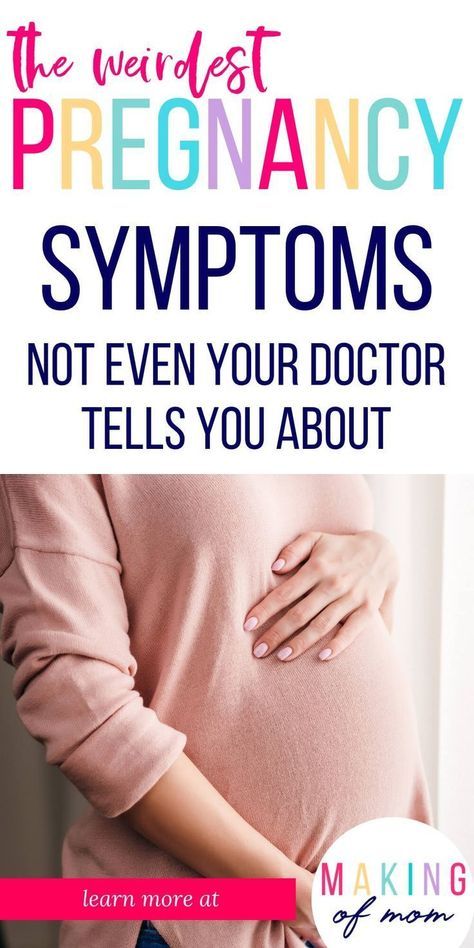
Mother's weight during pregnancy
During all months of pregnancy, most women notice weight gain. Normally, during this period, you can gain 9-12 kg, of course, it all depends on the condition of the expectant mother, her lifestyle. If the body weight is insufficient, the increase is greater, if the weight is overweight, then the indicator may be below average.
The baby bears most of the weight. It is also important to take into account the weight of the placenta, the fluid that accumulates, even the blood flow is increased by half, which also increases the performance.
Women are often interested in how long it will take to get back in shape. Usually it is 9 months, but each situation remains individual.
Stretch marks during pregnancy
Few people manage to avoid stretch marks during pregnancy. Violet-burgundy stripes appear in the abdomen, chest, thighs. They cannot be cured, but you can correct the situation with timely prevention - regularly moisturize and nourish the skin special means for pregnant women.
How the fetus develops
When the pregnancy reaches 36 weeks, the baby becomes crowded in the uterine cavity. He has to curl up into a ball, pressing his arms and legs to his body. The weight of the fetus on average reaches 2500 g.
Week 37 is characterized by the fact that the amniotic fluid gradually decreases, this is necessary so that the child has more room to move. If we talk about how long a child is considered full-term, this is exactly 37 weeks. During this period, childbirth is possible, but it is better for the baby to stay a little longer with the mother.
A child at 38 weeks has already fully formed organs and internal systems. Only the digestive system needs another 1-2 years after childbirth to fully adapt.
At 39 weeks, the baby is actively building up subcutaneous fat. His weight during this period can reach 3.1 kg, and height - 51 cm.
40th week. The bone tissue of the child becomes dense, the body stores animal starch, which then turns into glucose.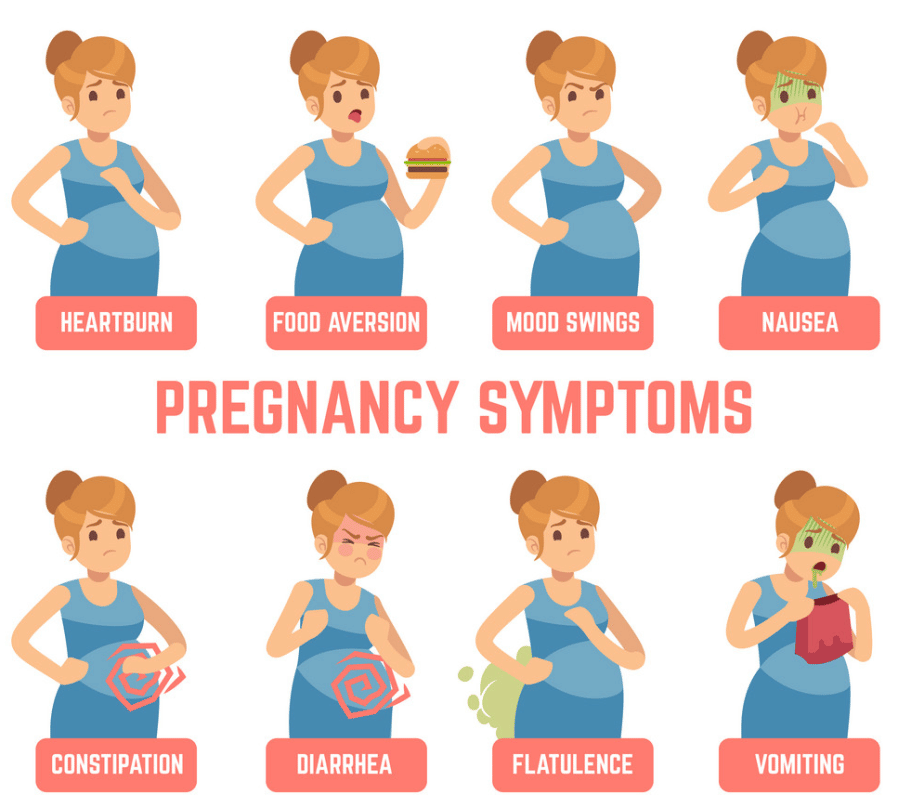 The weight of the baby is about 3.3 kg.
The weight of the baby is about 3.3 kg.
According to statistics, childbirth begins at 40-42 weeks.
Ultrasound and tests in the ninth month of pregnancy
During the last month of pregnancy, the woman has planned 2 visits to the gynecologist.
What the specialist does during the examination:
- measures blood pressure;
- fixes waist circumference, weight;
- reviewing urinalysis results;
listens to the child's heartbeat, evaluates the cardiotocography chart.
The doctor also checks the degree of dilatation of the cervix, if necessary, the woman can immediately be hospitalized in the maternity ward. Ultrasound is performed according to individual indications.
Recommended limits for expectant mothers
Mostly related to heavy lifting and flying. If the woman's health is stable, you can continue to lead a normal life.
If abdominal pains, mucous discharge mixed with pus, blood begin, observation in the hospital is necessary. In this case, air travel and long-distance travel are prohibited.
In this case, air travel and long-distance travel are prohibited.
How to eat right in the 9th month of pregnancy
Throughout pregnancy, a balanced and proper diet is important for the expectant mother. The body needs more nutrients and vitamins. Eat more foods containing iron, folic acid and other beneficial micronutrients.
During this period, the expectant mother should receive enough vitamins (C, D3), calcium, because the developing child actively “stores” it.
A balanced diet will help you get rid of stool problems. If a woman suffers from constipation, legumes and cabbage, milk and sweets, bakery products should be excluded. In the diet, there must be fermented baked milk, kefir, yogurt.
Childbirth preparation courses
Classes for expectant parents are usually available at the antenatal clinic. You can walk them with a partner.
The courses tell about the process of childbirth, teach the techniques of proper breathing.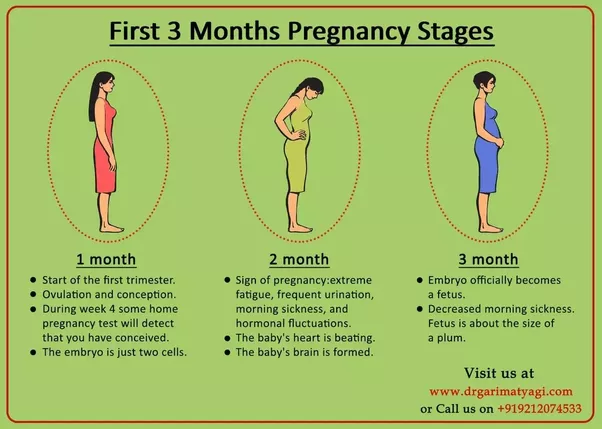 Experts explain all the subtleties of caring for a newborn baby.
Experts explain all the subtleties of caring for a newborn baby.
Signs of approaching labor
- The child descends, the woman feels an increased urge to urinate. It becomes easier to breathe, the pressure on the diaphragm weakens.
- The pain in the groin increases - the pelvic bones diverge.
- Increasing back pain.
- Joints become more flexible.
- The mood changes quickly.
- Weight gain stops.
- A small amount of amniotic fluid is excreted.
As soon as a woman sees the discharge of amniotic fluid, she needs to go to the hospital. The contractions will increase, the time between attacks will decrease.
What you need to take to the hospital
At the 9th month, you must always be ready for the birth process to begin. During this period, many choose a maternity hospital, a stroller, buy other necessary things for a newborn.
A woman should be especially careful when packing bags for the maternity hospital.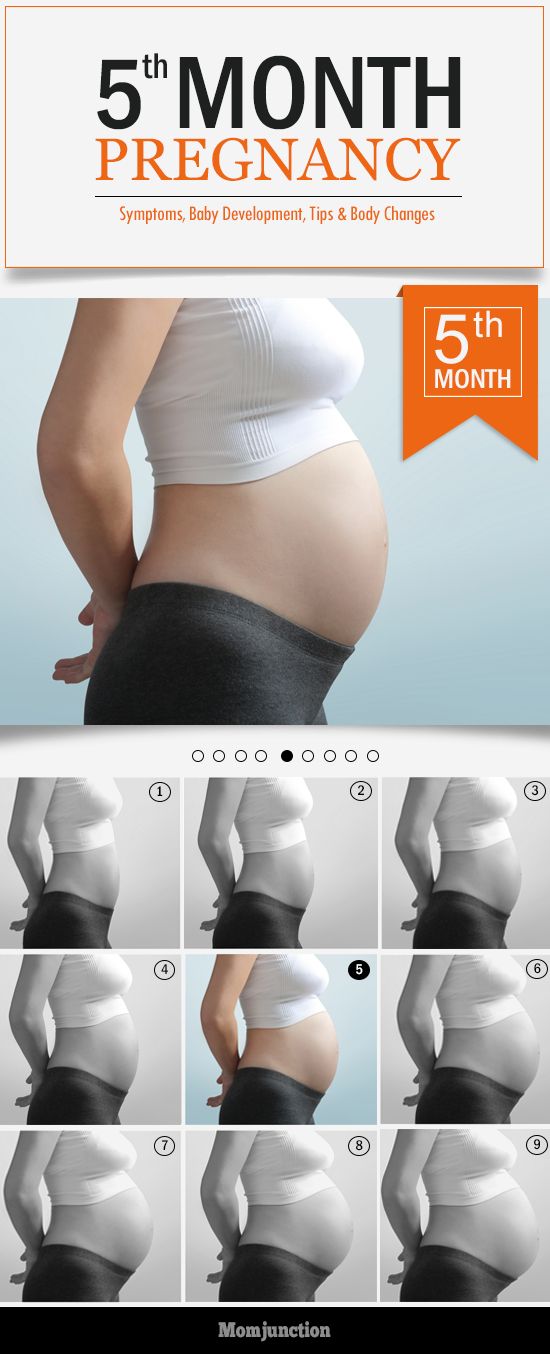 Each hospital has separate lists for women in labor, you need to focus on them.
Each hospital has separate lists for women in labor, you need to focus on them.
What you will definitely need:
- Documents: passport, policy, exchange card, agreement with the maternity hospital, birth certificate.
- Personal items: slippers, bathrobe, underwear, nightgowns, socks, maternity bra, pads, bra pads.
- Postpartum bandage.
- Hand towels, shower.
- Hygiene items: dry and wet wipes, comb and toothpaste, soap and shampoo, moisturizer.
- Water and snacks.
- Things for the baby: clothes, diapers, diapers, pacifier.
- Phone with charger.
This is a generalized list of everything you need. The list can be longer according to the requirements of the hospital (or if you need something special).
Possible complications and deviations
If there are no complications, the expectant mother spends the time before giving birth at home, goes to the hospital according to the schedule.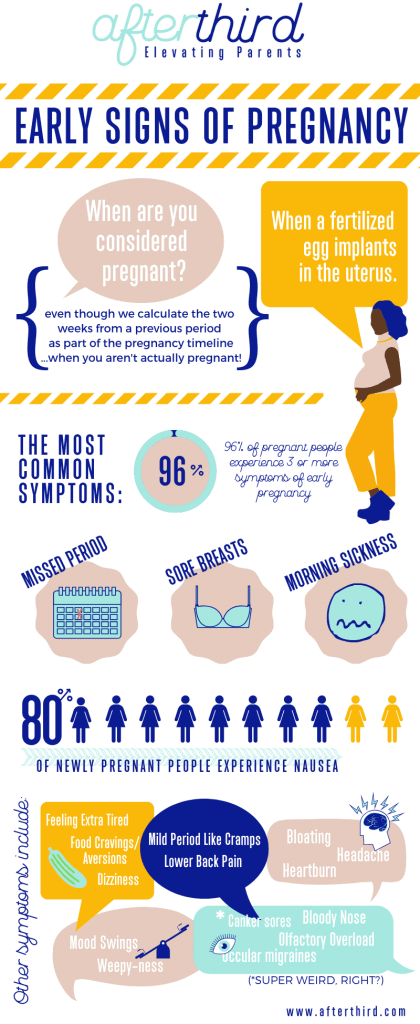 If you notice active discharge from the vagina with blood, leakage of water, then you need to urgently call an ambulance. You can not ignore severe pain and the fact that the fetus has stopped moving.
If you notice active discharge from the vagina with blood, leakage of water, then you need to urgently call an ambulance. You can not ignore severe pain and the fact that the fetus has stopped moving.
signs, abdomen and fetal development at 3 months of pregnancy | MUSTELA
The third month of pregnancy completes the first trimester of expectation of a baby. In the period from the 9th to the 12th week, the nervous system of the fetus improves, the first reflexes appear. The expectant mother ends with toxicosis, she gradually begins to gain weight.
Signs, symptoms and sensations
The third month of pregnancy may still be accompanied by morning sickness. But there are no such pronounced signs of toxicosis that were at the beginning (vomiting, intolerance to odors). Appetite increases, acute hunger is felt if you skip a meal.
Unpleasant signs of the third month of pregnancy:
- Heartburn. Burning sensation behind the sternum most often occurs after eating.
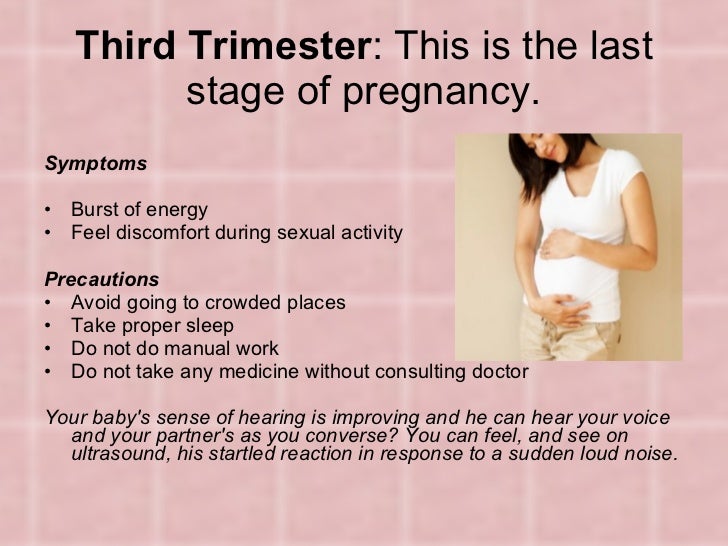 Physiological heartburn is associated with a weakening of the tone of the lower esophageal sphincter and an increase in abdominal pressure. [1] This promotes reflux and reflux of stomach contents into the esophagus.
Physiological heartburn is associated with a weakening of the tone of the lower esophageal sphincter and an increase in abdominal pressure. [1] This promotes reflux and reflux of stomach contents into the esophagus. - Sudden mood swings. Occur due to changes in hormonal levels and increased levels of progesterone in the blood. Some women during this period become too temperamental, others feel peace and tranquility.
- Fatigue. Associated with the peculiarities of the circulation of pregnant women. The body needs additional blood to supply the fetus, which manifests itself in a breakdown.
- Urination. Gradually growing uterus puts pressure on the kidneys and bladder, so during pregnancy you have to go to the toilet more often.
- Vaginal discharge. A small amount of clear mucus is considered normal. If the discharge becomes cheesy and is accompanied by itching, tell your doctor about your symptoms.
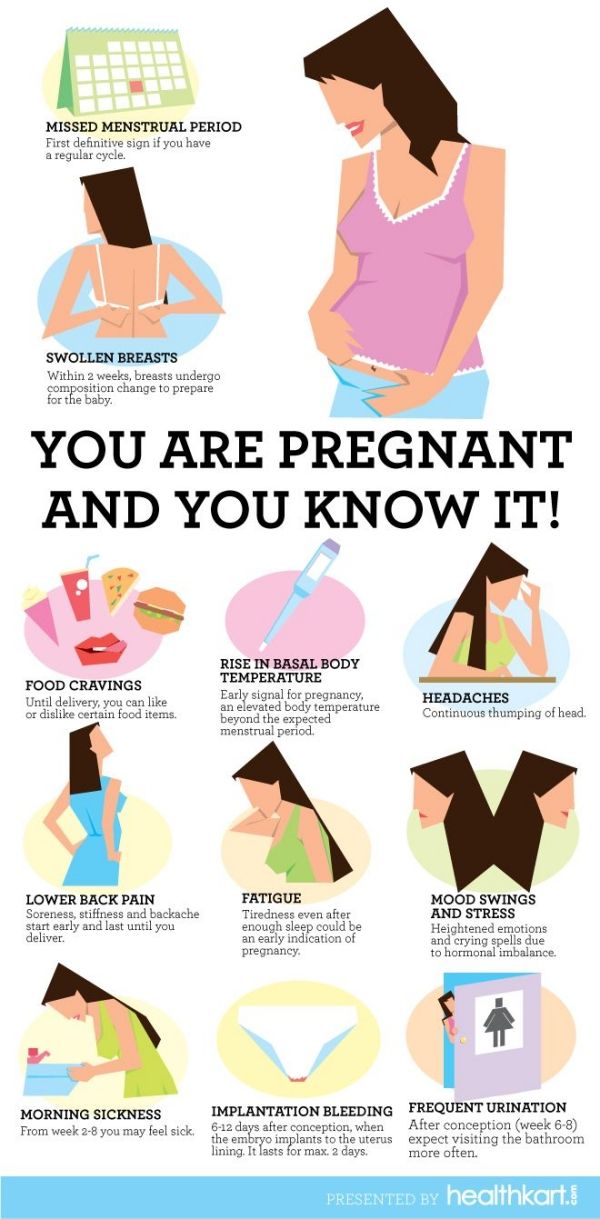 These may be signs of thrush and should be treated.[2]
These may be signs of thrush and should be treated.[2] - Constipation. Another unpleasant sign of 3 months of pregnancy associated with a sharp increase in progesterone levels. The hormone helps to relax the uterus and at the same time slows down peristalsis.
Physiological changes of the third month concern the mammary glands. Sensitivity increases, nipples become rougher, the areola darkens, the breast gradually increases. This is how the body prepares for breastfeeding.
Changes in the hormonal background are also reflected in the condition of the skin. It becomes softer and velvety, which is associated with increased production of sebum. In women with a fatty type, excessive greasiness with rashes may appear.
3 month pregnant belly
An expectant mother can gain 3 to 5 kg by the end of the first trimester. This indicator is individual, depending on the characteristics of metabolism and fetal development. Weight increases not so much due to the mass of the embryo, but due to an increase in the volume of circulating blood, intercellular fluid, and subcutaneous fatty tissue.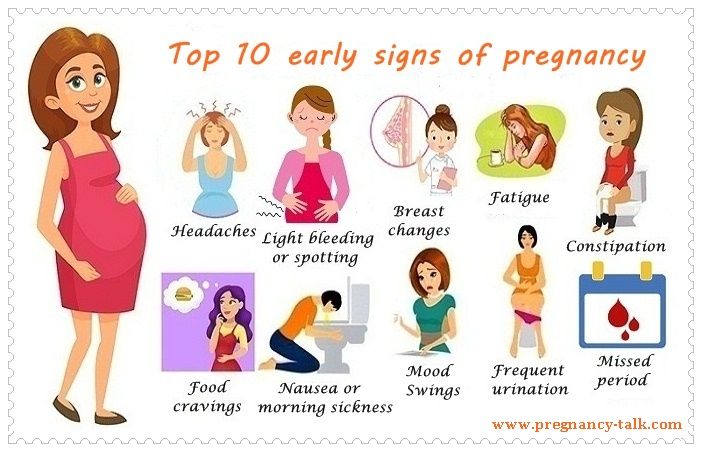
The size of the abdomen on the 3rd month changes slightly. Some bulge and a small fat layer at the waist can only be noticed by the expectant mother herself.
The belly may become prominent towards the end of the first trimester in thin women. At this time, you need to learn how to move smoothly. It will only increase, and it will be more and more difficult to adapt to a new figure.
How the fetus develops
By the middle of the third month of pregnancy, the embryo becomes a fetus - in this “status” the child will be until birth. At this stage, all parts of the baby's body tend to reflect, the nervous system is actively developing, and the first reflexes appear.
How the fetus develops in this phase of pregnancy (by weeks) (3):
Week No. 9
The coccyx-parietal size of the fetus reaches 22-30 mm, and the weight is about 2 g. , lymph nodes, the middle layer of the adrenal glands, the ability to urinate appears.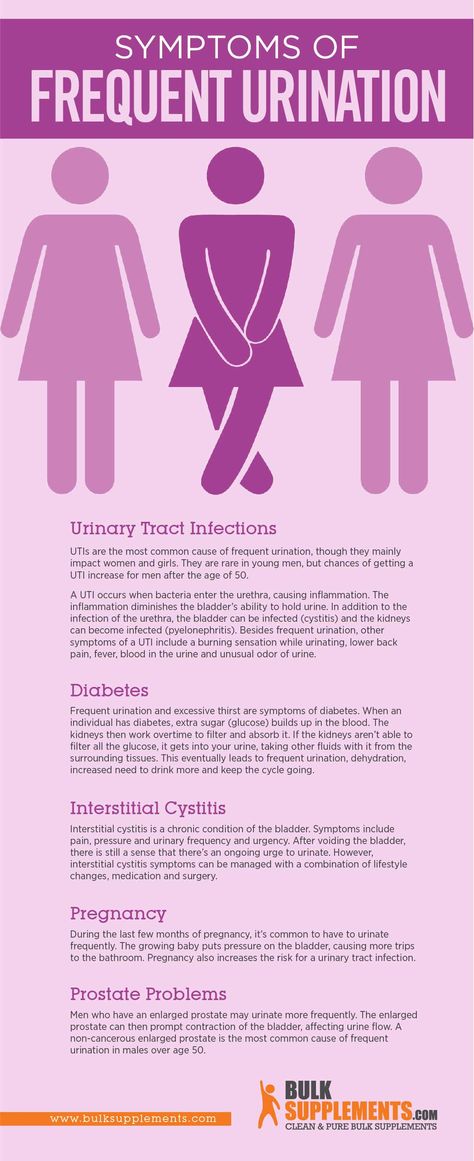 In boys, the formation of the penis begins, and in girls, the clitoris. The upper and lower limbs can already move due to the development of muscles.
In boys, the formation of the penis begins, and in girls, the clitoris. The upper and lower limbs can already move due to the development of muscles.
Week #10
The average fruit weight is 5 g with a length of 30-40 mm. The heart rate is about 150 beats per minute. The formation of the anatomy of the arms and legs is being completed, the rudiments of milk teeth are being laid, the organs of the digestive system and the taste buds of the tongue are being improved. Agglutinogens appear in red blood cells, which in the future will determine the baby's blood group.
Week No. 11
A critical stage of development is coming to an end - the risk of miscarriage and miscarriage is reduced. The fetus reaches a size of 5 cm in length with a weight of about 8 g. Blood vessels continue to develop, the formation of the heart is completed. About 10% of the body of an unborn baby is occupied by the liver. In the intestines, the first reflex movements are observed, which resemble peristalsis.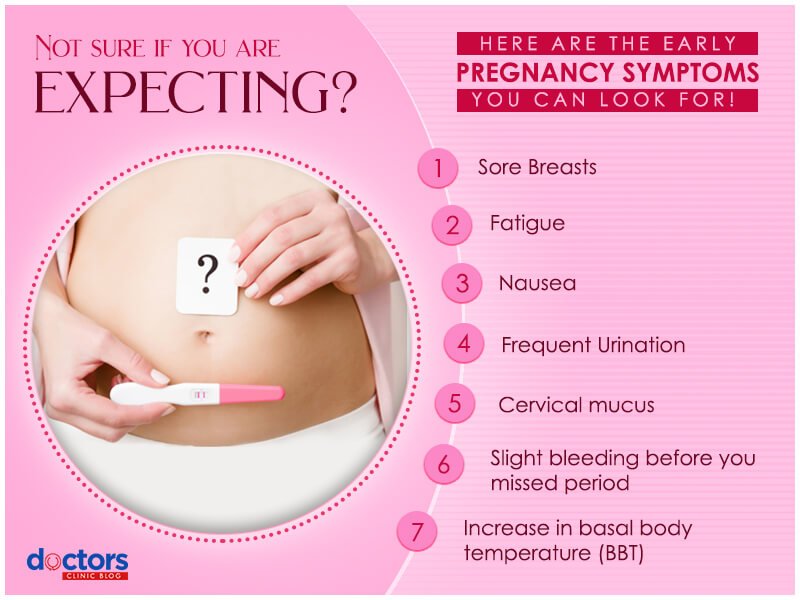
Week № 12
The length of the child's body ranges from 6-9 cm. Fingers are clearly visible on ultrasound, nail plates begin to form. The thymus gland improves, the development of the face continues - the ears move closer to the sides of the head.
By the end of the 3rd month of pregnancy, the umbilical cord and placenta are finalized. They are responsible for the continuous connection between the child and the mother until the very birth.
Ultrasound in the third month of pregnancy
For a period of 11 to 13 weeks, expectant mothers are scheduled for the first ultrasound . It will help to assess the development of the placenta, fix the dynamics of the development of the child, adjust the date of birth.
Things to do in early pregnancy:
- Assess the baby's size and weight.
- To see the baby's body parts - upper and lower limbs with fingers.
- Assess the location and degree of development of internal organs, the symmetry of the cerebral hemispheres.
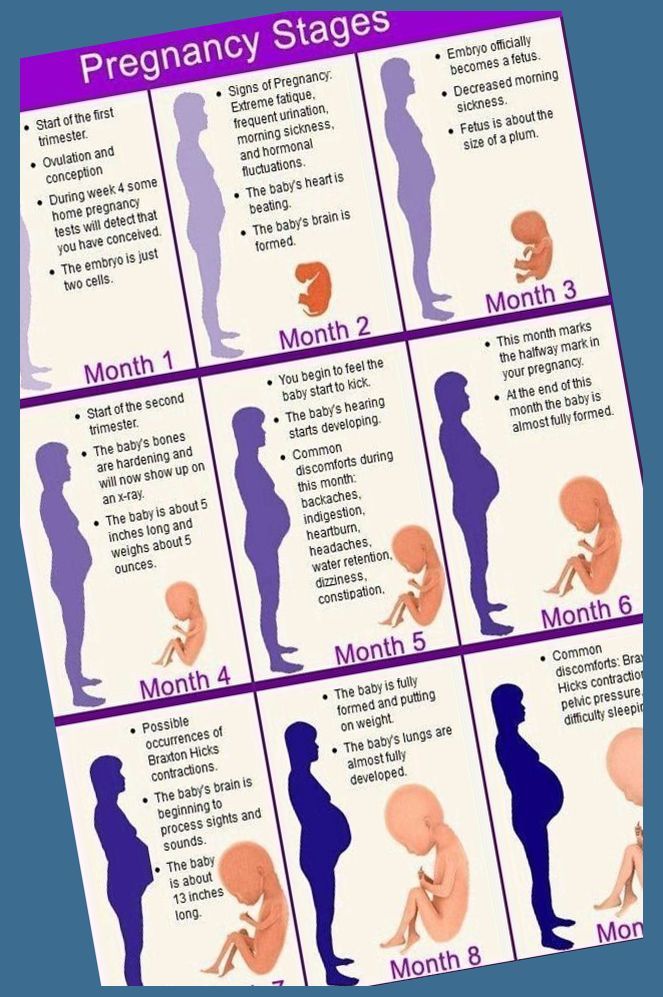
- Record fetal heartbeat.
In some cases, it is possible to determine the sex with high accuracy.
The doctor during an ultrasound examination pays attention not only to the development of the child, but also to the anatomy of the mother. In the third month, the growth of the uterus becomes especially noticeable. Its size reaches the fist, goes beyond the pubis and begins to rise into the abdominal cavity.
The end of the 1st trimester is a good time for the first screening. A digital study allows you to study the fetus in more detail, identify congenital malformations, chromosomal abnormalities and other pathologies of gestation.
Recommended restrictions for expectant mothers
In the third month, the most important internal organs and systems of the baby continue to form. Therefore, the expectant mother needs to be responsible for herself, her health and observe the restrictions.
What is prohibited during pregnancy:
- Take medication without a doctor's prescription.
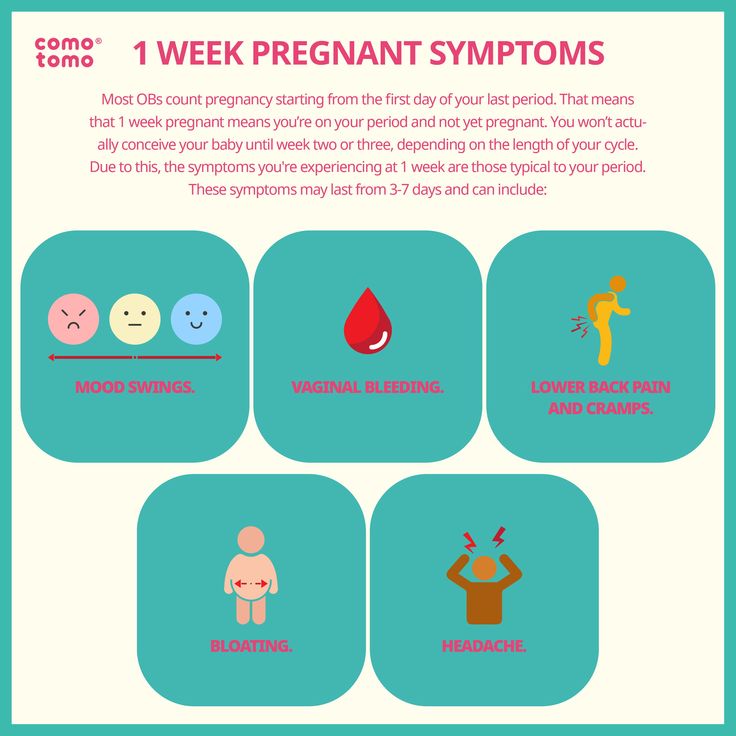 Many drugs can cause fetal malformations, adversely affect the reproductive system, provoke uterine hypertonicity and other complications.
Many drugs can cause fetal malformations, adversely affect the reproductive system, provoke uterine hypertonicity and other complications. - Excessive exercise. If there is no threat of miscarriage, sports are only welcome. They help maintain a good mood, serve as a preventive measure for constipation and congestion. But unusual exercises for the body and high loads during pregnancy can be harmful to health.
- Eat spicy, smoked and salty foods. It creates an increased load on the liver and kidneys, irritates the mucous membrane of the digestive tract and provokes heartburn. Raw food, especially eggs, milk, fish, is also prohibited. These products can become a source of pathogens and helminth eggs.
- Hypothermia and overheating. Low temperatures impair circulation and may lead to fetal hypoxia. Hypothermia, when a woman's body temperature exceeds 37.7 ° C, can cause miscarriage. [4]
- Wear tight clothing and footwear.
